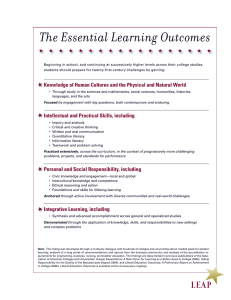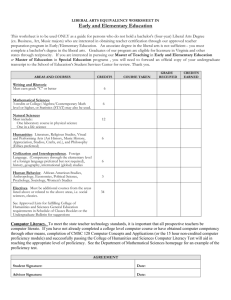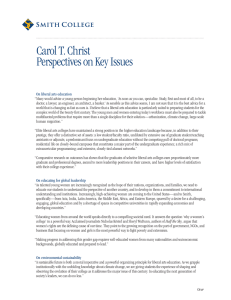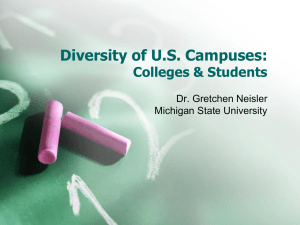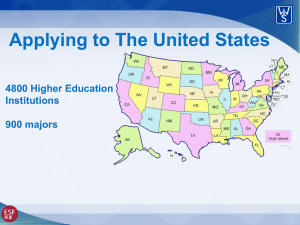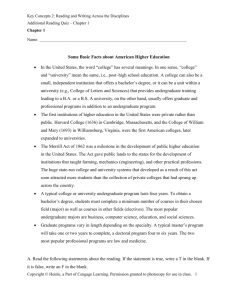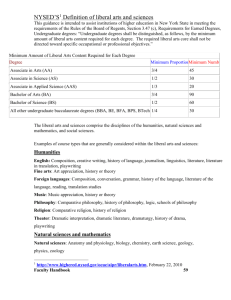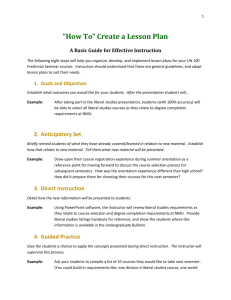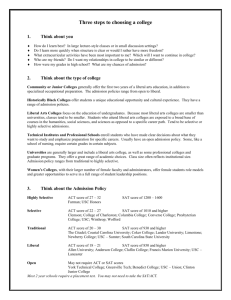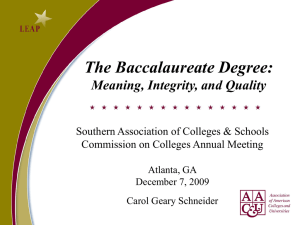UNDERSTANDING YOUR POST
advertisement
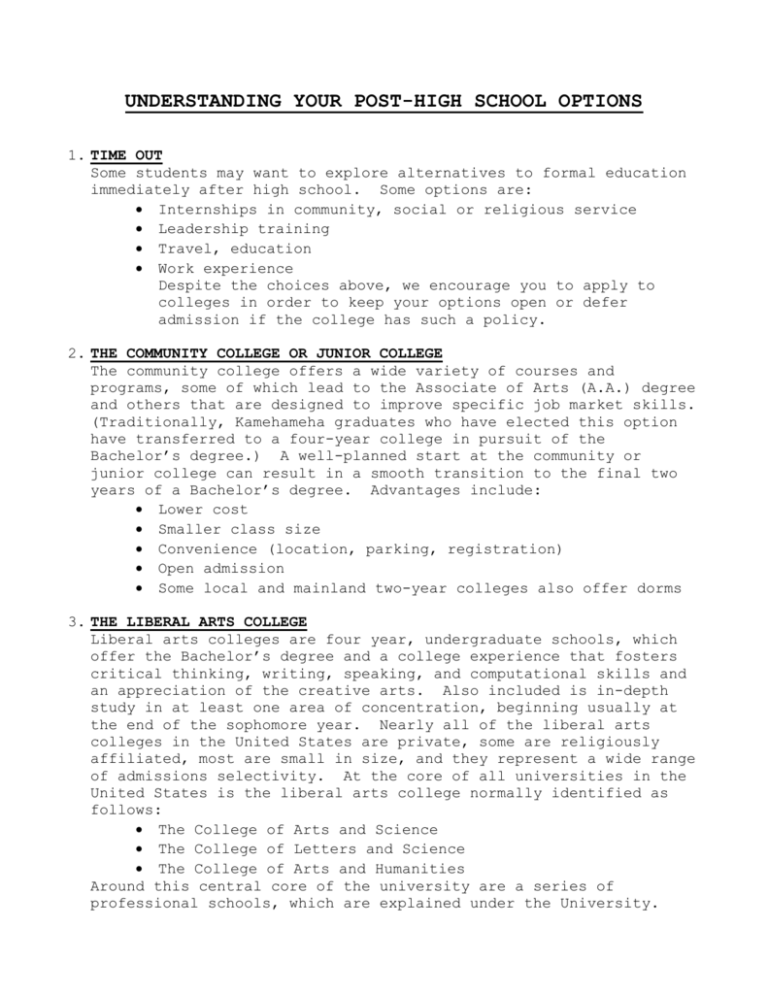
UNDERSTANDING YOUR POST-HIGH SCHOOL OPTIONS 1. TIME OUT Some students may want to explore alternatives to formal education immediately after high school. Some options are: Internships in community, social or religious service Leadership training Travel, education Work experience Despite the choices above, we encourage you to apply to colleges in order to keep your options open or defer admission if the college has such a policy. 2. THE COMMUNITY COLLEGE OR JUNIOR COLLEGE The community college offers a wide variety of courses and programs, some of which lead to the Associate of Arts (A.A.) degree and others that are designed to improve specific job market skills. (Traditionally, Kamehameha graduates who have elected this option have transferred to a four-year college in pursuit of the Bachelor’s degree.) A well-planned start at the community or junior college can result in a smooth transition to the final two years of a Bachelor’s degree. Advantages include: Lower cost Smaller class size Convenience (location, parking, registration) Open admission Some local and mainland two-year colleges also offer dorms 3. THE LIBERAL ARTS COLLEGE Liberal arts colleges are four year, undergraduate schools, which offer the Bachelor’s degree and a college experience that fosters critical thinking, writing, speaking, and computational skills and an appreciation of the creative arts. Also included is in-depth study in at least one area of concentration, beginning usually at the end of the sophomore year. Nearly all of the liberal arts colleges in the United States are private, some are religiously affiliated, most are small in size, and they represent a wide range of admissions selectivity. At the core of all universities in the United States is the liberal arts college normally identified as follows: The College of Arts and Science The College of Letters and Science The College of Arts and Humanities Around this central core of the university are a series of professional schools, which are explained under the University. (Over) 4. THE UNIVERSITY The university contains more than one college Universities offer both undergraduate and graduate work and confer Bachelor’s, Master’s and Doctoral degrees At the undergraduate (Bachelor’s) level, students may enroll in either the liberal arts college or in professional schools. Professional undergraduate schools train students in a specific profession or career. For example, majors in architecture, business, education, engineering, and physical therapy lead to specific careers. While 75%-90% of the courses taken by students in professional programs are oriented toward their proposed career, most universities require that students take some courses in the liberal arts. Typical University Structure School of Business College of Fine and Performing Arts College Of Engineering College of Letters and Science College of Environmental Design School of Industry and Labor Relatons School of Journalism
